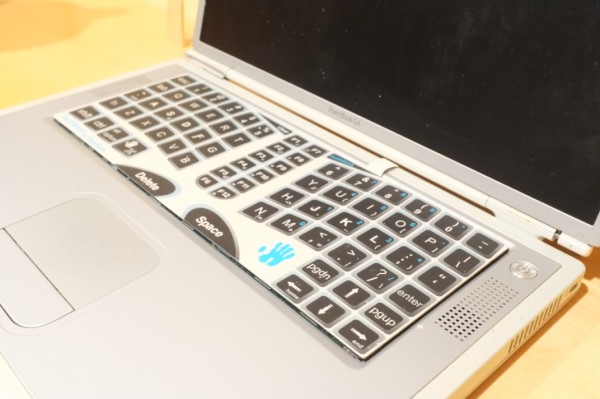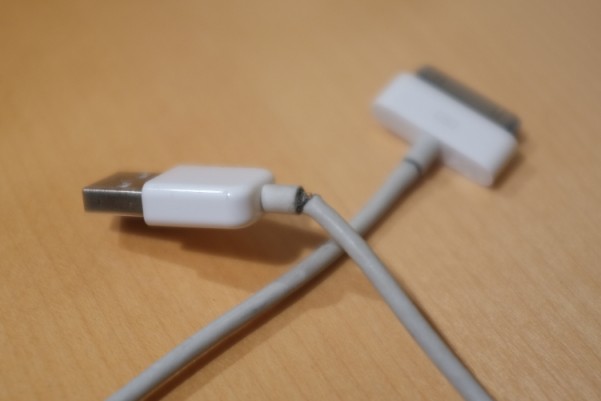John Gruber asks a fun question: which is more important, hardware or software?
What phone would you rather carry? An iPhone 4S modified to run Android or Windows Phone 7? Or a top-of-the-line HTC, Samsung, or Nokia handset running iOS 5?
What computer would you rather use? A MacBook running Windows 7, or, say, a Lenovo ThinkPad running Mac OS X 10.7?
Of course, both software and hardware are important, but hardware is more important, because software can be changed. That’s what makes software soft and hardware hard, and that’s why I’m writing this on a 11-inch MacBook Air running Arch Linux.
Gruber’s answer (software) is the opposite of mine, but maybe that’s because he’s bought into Apple software, which isn’t really soft—it can’t really be changed, at least not in the same way as Linux. I have to admit that there are relatively few who have an interest in modifying their software and the skill to do it, so maybe his answer is the right one for most people.
In any case, for the past 35 years Apple’s hardware has consistently been far ahead of the competition. No one else comes close to their attention to detail and willingness to take risks in pursuit of a vision. No other company has pushed computer hardware forward more than Apple.
Here are a few of my favorite examples.
USB
Before Apple committed to USB with the original iMac, there were essentially no keyboards, mice, or any other peripherals based on it. The standard interface for keyboards and mice was IBM’s horrid PS/2 interface (worst feature: no hotplugging, so you had to reboot to plug in a new keyboard). We also had to live with parallel ports and serial ports. By jettisoning all of these, Apple singlehandedly forced peripheral manufacturers to support USB. Big, big thanks for this one.
Death to floppies
Apple famously killed off floppy drives with the iMac. This caused a big controversy at the time but it’s clear in retrospect that the critics were idiots.
Wifi
Apple was the first major manufacturer to make Wifi standard on their laptops. At the same time, they started making their Airport base stations, which have consistently had better range, standards support, and ease-of-use than other Wifi base stations. They understood the importance of wireless networking well ahead of the crowd.
The iPod
I bought the original iPod on the day it was announced, simply on the basis of its scroll wheel.

I hacked it to run Linux, but it no longer runs because I don’t have a computer with Firewire 400 to charge it.
Multitouch
Here’s a fun one:

It’s a somewhat worse-for-wear PowerBook that I bought in 2002. In 2003, I swapped out the original keyboard for the FingerWorks MacNTouch multitouch keyboard you see above. Apple purchased (and shut down) FingerWorks in 2005, and rolled the technology into the iPhone (January 2007).
The Mac Mini
Apparently no one else can make a small and quiet PC. Apple has been working on this for years, starting with the G4 Cube. I can’t figure out why Apple is the only company that uses a built-in power supply, avoiding the need for an ugly wall wart.
Light weight laptops
I have a MacBook Air that is pretty much perfect, and its best feature is that it weighs less than 2.5 pounds. I only give Apple partial credit here, though, because it took them a long time to figure this one out. Granted, they were way ahead of any other US manufacturer; in 1996, the only way I could get a 3-pound laptop was to import it from Japan (I bought a Sharp Mebius from dynamism).
Mistakes
I don’t agree with every hardware choice that Apple makes. I suffered for years with a horribly loud Power Mac G5. I’ve gone through cables for 4 or 5 video standards. And this is an abomination:
